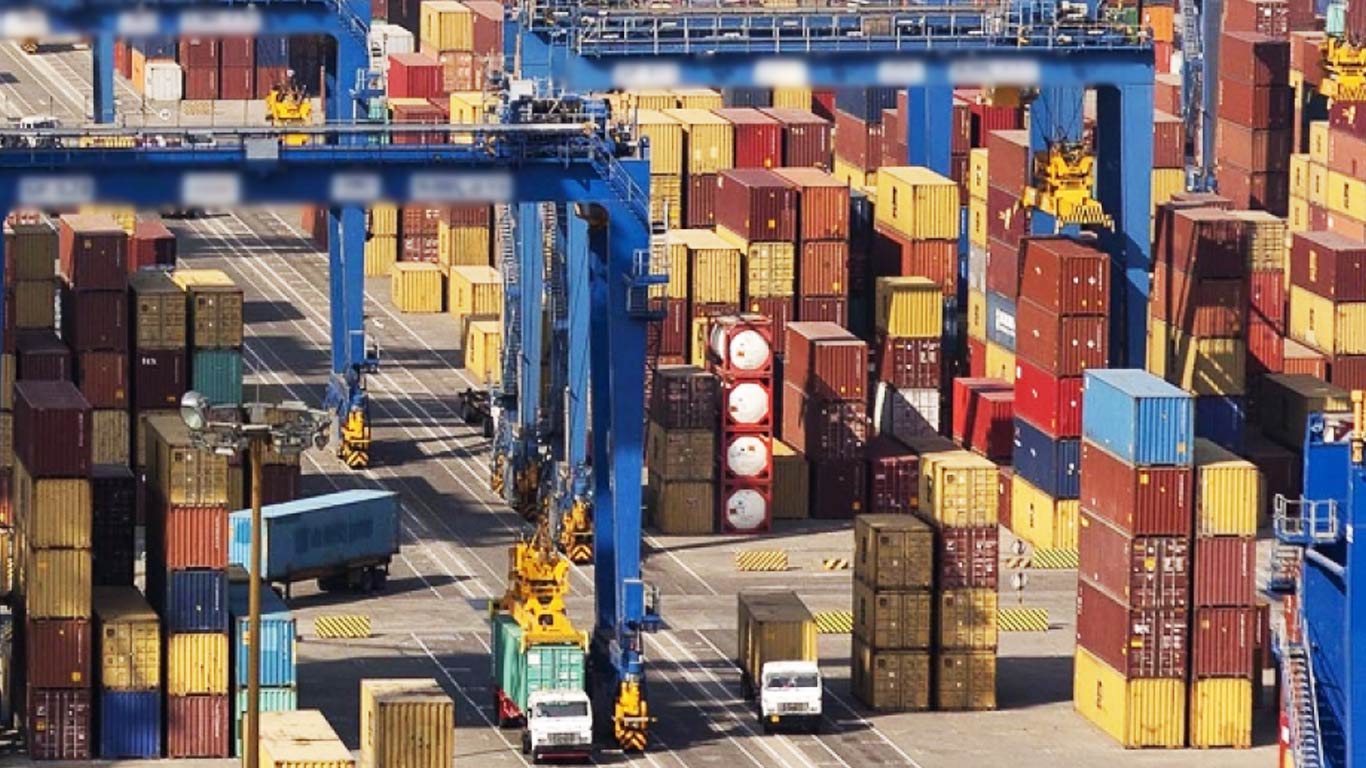India’s exports to 115 countries surged in 2023-24 amidst global economic turbulence.

India’s export landscape displayed resilience amid global economic uncertainties, with merchandise exports reaching 115 countries out of 238 destinations in the fiscal year 2023-24, as per commerce ministry data. Despite a 3 percent dip in merchandise exports to USD 437.1 billion, services exports rose to USD 341.1 billion. Overall exports (goods and services combined) peaked at USD 778.2 billion, a marginal increase from the previous fiscal.
Notably, India’s merchandise export share rose from 1.70 percent in 2014 to 1.82 percent in 2023, elevating its rank among world exporters from 19th to 17th. The top 10 export destinations saw a 13 percent year-on-year increase, with the UAE emerging as the primary destination, registering a 12.71 percent growth in export value at USD 35.6 billion.
Healthy growth was also recorded in exports to Singapore (20.19 percent), the UK (13.30 percent), and China (8.70 percent). Exponential growth rates were observed in emerging markets like Russia (35.41 percent), Romania (138.84 percent), and Albania (234.97 percent). Strengthening trade ties with these nations could unlock untapped opportunities, noted officials.
India’s outbound shipments expanded to regions including CIS, Oceania, and Europe. Notable growth drivers in the CIS region were Russia, Uzbekistan, and Ukraine. In Oceania, Australia and Timor Leste stood out, while the UK and Romania led growth in Europe.
While certain sectors like engineering, electronics, and pharmaceuticals experienced export growth, others, like petroleum products (-13.66 percent) and gems/jewellery (-13.83 percent), witnessed declines. India’s imports decreased from 124 countries, with the top 10 source countries constituting 59.3 percent of its import basket.
India Exim Bank projected a 12.3 percent rise in merchandise exports to USD 116.7 billion during April-June this fiscal, citing strong GDP growth fundamentals, manufacturing, and services sector momentum. However, risks such as uncertain prospects for advanced economies and geopolitical tensions pose challenges to this outlook.











